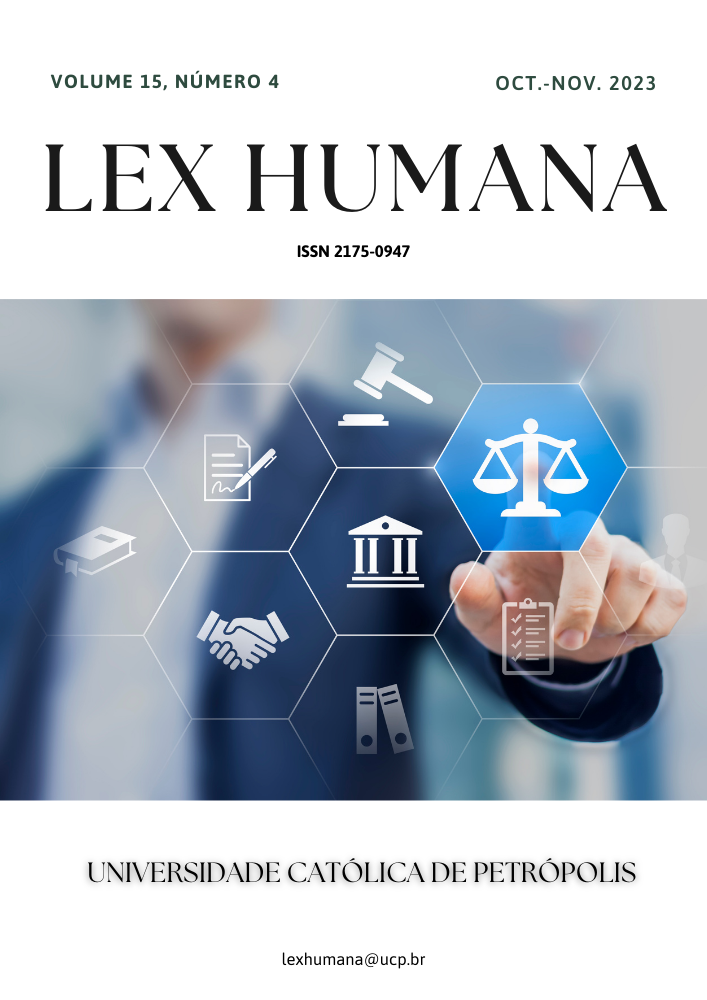Abstract
This article focuses on examining the formation of authoritarian and democratic political regimes throughout recent centuries and their consequential impact on contemporary political landscapes. The study emphasizes the political and legal aspects inherent to each regime type while analyzing both the positive and negative attributes associated with them. Furthermore, this article presents contemporary country examples that represent either authoritarian or democratic political regimes, alongside an exploration of historical underpinnings and influential factors that have contributed to their varied formation. Additionally, this paper includes reflections on the development of democracy within the twenty-first century, considering the challenges that have emerged in this era. Furthermore, this article explores the potential challenges and issues linked to digitalization, particularly the risk of it being exploited by autocratic leaders, transforming it into a tool for reinforcing authoritarian regimes. The research reveals that certain characteristics intrinsic to a democratic regime can be subverted and employed deceitfully to create an illusion of valuing citizens' opinions. This manipulation of public sentiment often occurs within countries governed by authoritarian regimes. Moreover, this study examines specific features and underlying foundations of the aforementioned political regimes, shedding light on the mechanisms through which power is sustained within each system.
References
Aiyar, S. (2000). The problem of law’s authority: John Finnis and Joseph Raz on legal obligation. Law and Philosophy 19(4): 475.
Andriychuk T. (2012). Development of democracy in Ukraine: influence of political values, Scientific Notes. No. 4. P. 266.
Arblaster E. (2005). Key ideas of democracy. Democracy: anthology/comp. O. Protsenko. K., XXVIII. P.432.
Ball T., Degger R. (2005). Demokraticheskiy ideal: istoriya stanovleniya [democratic ideal: history of formation]. from the English of P. Tarashchuk. Democracy: an anthology/comp. O. Protsenko. -K., XXVIII.. P.775.
Beetham D. Liberal Democracy and the Limits of Democratization. D. Held. Prospects for Democracy: North, South, East, West. Stanford, 1993.
Brownlee J. (2007). Authoritarianism in an Age of Democratization. New York: Cambridge Univ. Press
Bunce VJ, Wolchik SL. 2010. Electoral change and stability in competitive authoritarian regimes. World Polit. 62(1):43–86
Calleo, D. P. (2001). RethinkingEurope’s Future. Princeton, NJ: Princeton University Press.
Chabanka M. (2002). Authoritarianism and totalitarianism. Imaginary similarity and essential difference. Political Management. No. 2, p. 87.
Danyliuk N. (2009). Defining features of the authoritarian political regime: the role of "authoritarian followers" in its support. Education of the region. No 4. P. 5.
Democracy: History, Theory, Practice (2011). textbook. for students. higher education. zakl. and postgraduates-political scientists / M. F. Golovaty. - K.: DP "vid. Dom "personnel". P. 114
Egorov G, Guriev S, Sonin K. (2006). Media freedom, bureaucratic incentives, and the resource curse. Center for Democracy, Development and the Rule of Law (CDDRL) Work. Pap. No. 71, Stanford Univ.
Gandhi J, Przeworski A. (2007). Authoritarian institutions and the survival of autocrats. Comp. Polit. Stud.
Huntington S. The Third Wave: Democratization in the Late Twentieth Century. Norman and London, 1991. – C. 15.
International IDEA, Democratic Transitions: Conversations with World Leaders, eds S. Bitar and A. Lowenthal (Baltimore, Md: Johns Hopkins University Press, Forthcoming, 2015.
Kabanets O. S. (2010). Historical prerequisites for the emergence and formation of democracy. State and Law. No. 48. P. 23)
Kolodiy M. (2005). Features of the formation of representative democracy. Right. No. 7, p.152.
Levitsky S, Way LA. (2010). Competitive Authoritarianism: Hybrid Regimes after the Cold War. New York: Cambridge Univ. Press/
Onishchuk M. (2003). Majority and minority: lessons of parliamentary democracy. Voice of Ukraine. p. 24.
Petrishin O. V. (2014). Democracy as the basis of the legal, social state. Law Of Ukraine. No 5. p. 79.
Pridham, G. (2002) EU Enlargement and Consolidating Democracy in Postcommunist States. Journal of Common Market Studies, 40, 5.
Prshevorsky A. (2005). Transitions to democracy: liberalization and democratization // democracy: anthology / comp. O. Protsenko. Kyiv., XXVIIII. - P. 654
Seidentop, L. (2001) Give Power to the People The Spectator, 4 August, p. 18
Shipunov G. V. (2014). Authoritarian political regime: Bulletin of Lviv University. No. 5. - p.333.
Skripnyuk O. O. (2020). Modern authoritarian regime: characteristic features and manifestations. Juridical Science. No. 2. - p.20.
Sonali Chandel. (2019). The Golden Shield Project of China: A Decade Later—An in-Depth Study of the Great Firewall. Sonali Chandel. IEEE, №4. С. 35.
Stotsky Ya. (2011). Osnovy demokratiki [fundamentals of democracy]. IAPM. No. 3. P. 45.
Sukhonos, V. V. (2000). The essence and functions of the state authoritarian regime in the conditions of transition to democracy (theoretical and methodological analysis). Legal Science. No. 2. - p. 94.
Wahman, M. (2013). Opposition coalitions and democratization by-elections. Government and Opposition, 48 (1), 31

This work is licensed under a Creative Commons Attribution-NonCommercial-NoDerivatives 4.0 International License.
Copyright (c) 2023 Lex Humana (ISSN 2175-0947)

